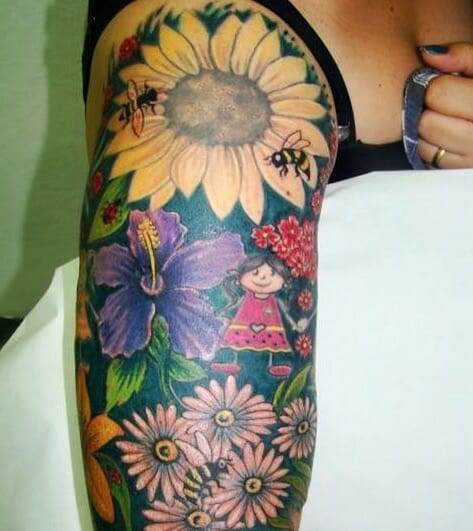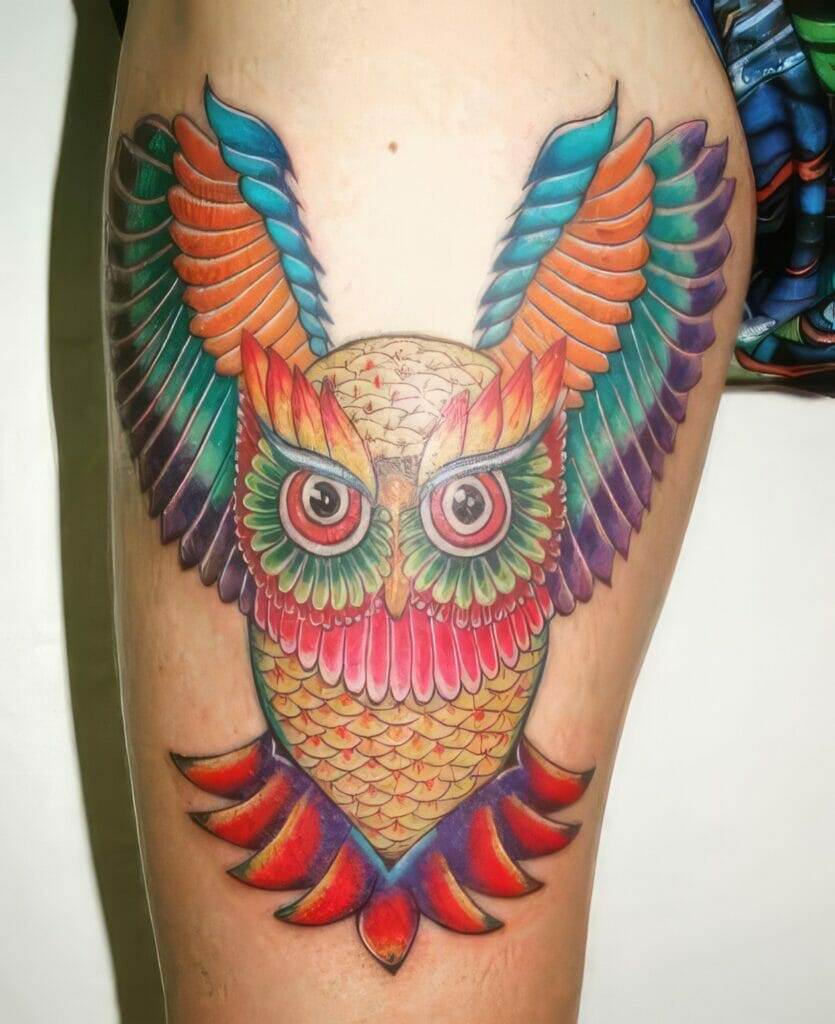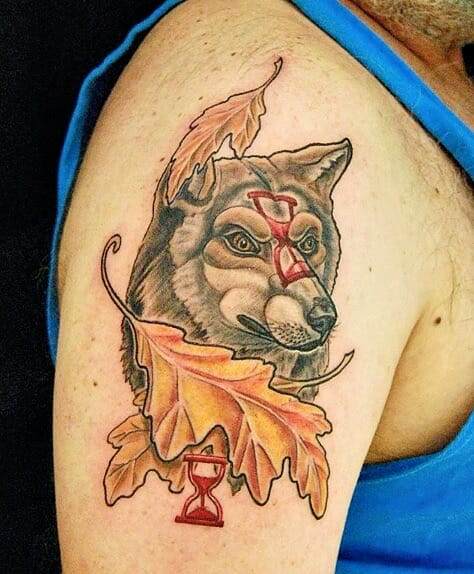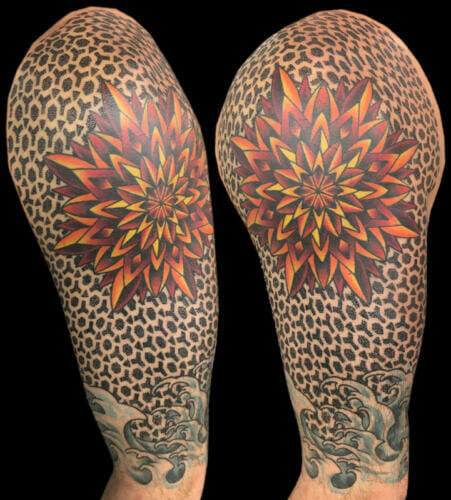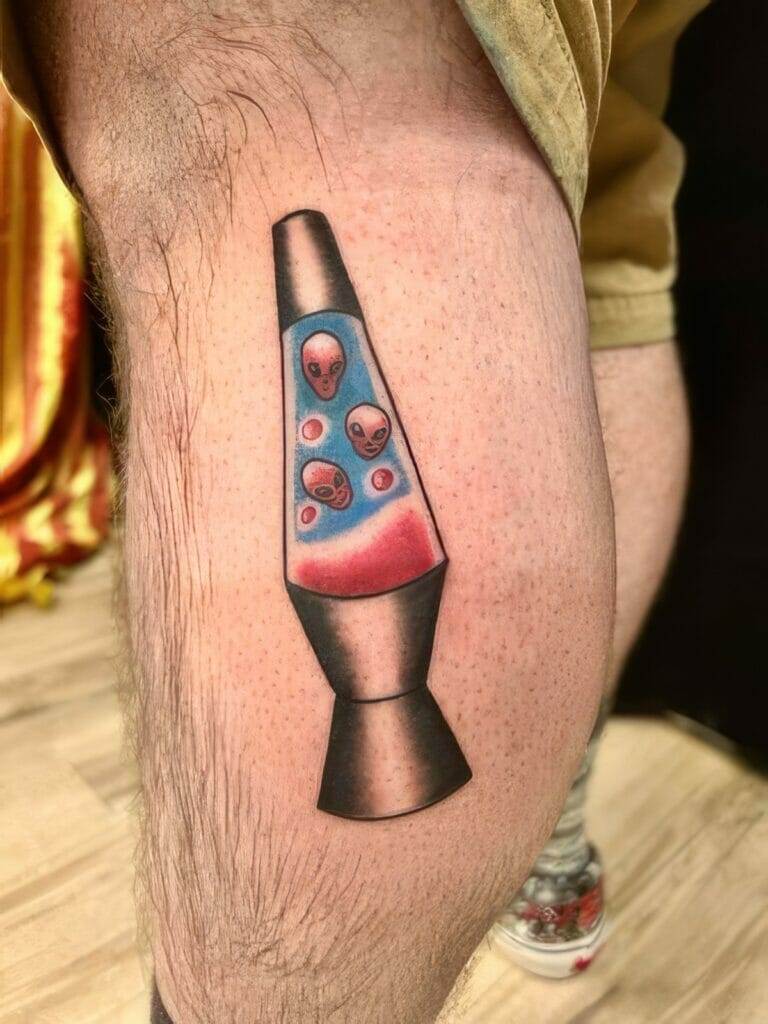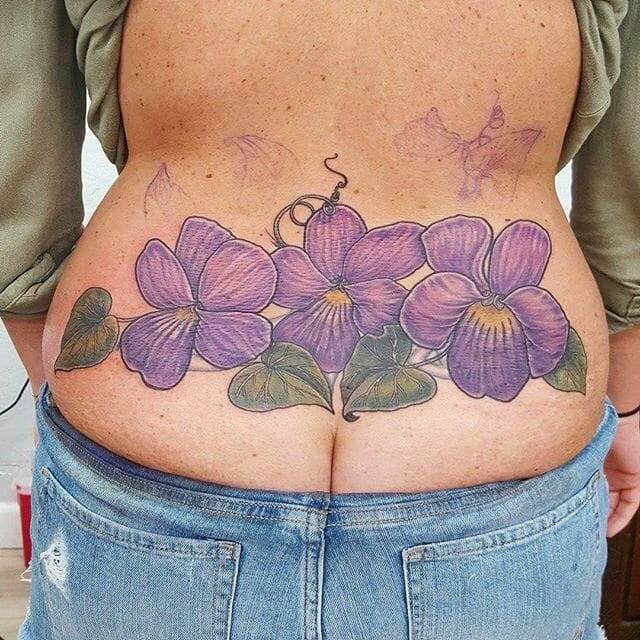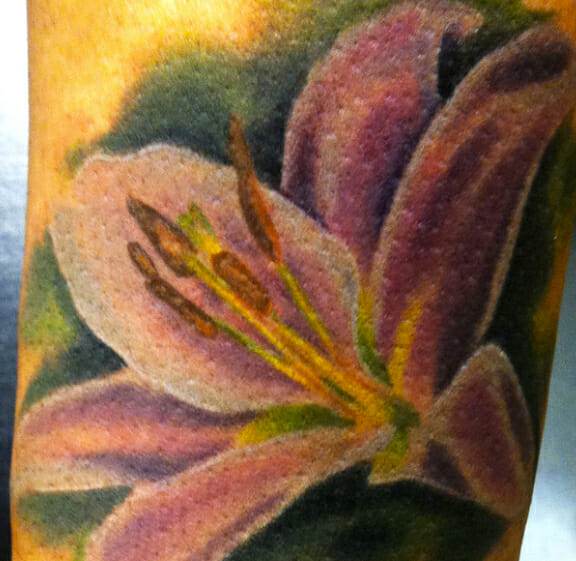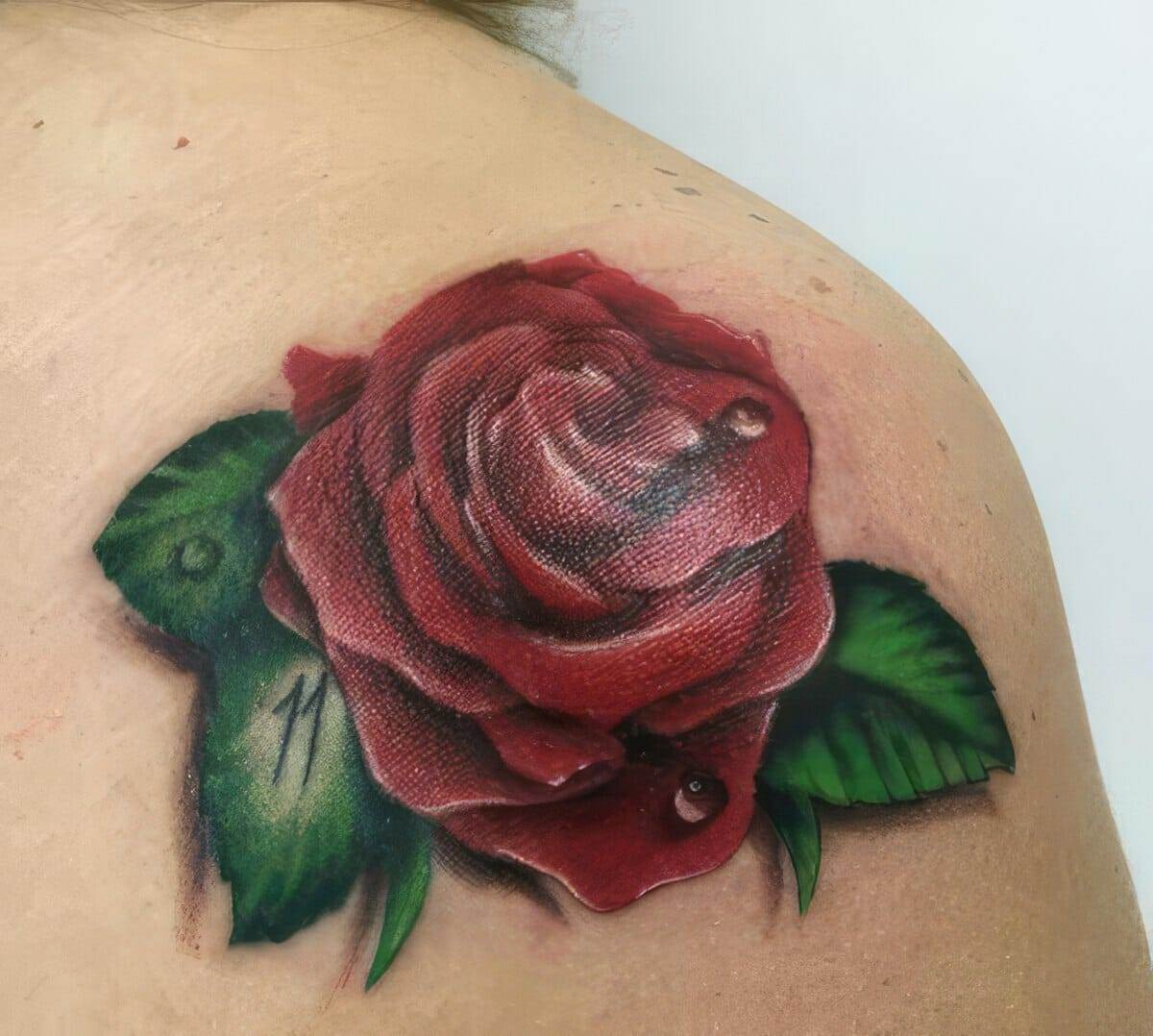
In recent years, there has been a significant rise in the popularity of watercolor and geometric tattoo styles. These unique and visually stunning designs have captured the attention of tattoo enthusiasts around the world. From their vibrant colors to their intricate patterns, watercolor and geometric tattoos offer a fresh and modern take on traditional tattooing.
So, why are these styles becoming more popular? One reason is that they allow for a greater level of creativity and self-expression. Watercolor tattoos, for example, mimic the fluidity and vibrancy of actual watercolor paintings. They often feature soft edges, blending colors, and a dreamy aesthetic. Geometric tattoos, on the other hand, are characterized by precise lines, symmetrical patterns, and bold shapes. They offer a more structured and minimalist approach to tattooing.
Additionally, the rise in popularity can be attributed to social media platforms such as Instagram and Pinterest. These platforms have allowed tattoo artists to showcase their work to a wider audience, leading to increased exposure for watercolor and geometric tattoos. As more people discover these styles online, they become inspired to get their own unique designs.
What is Watercolor Tattooing?
Watercolor tattooing is a style that mimics the look of watercolor paintings on the skin. It is characterized by its soft edges, blending colors, and lack of black outlines. Instead of using traditional tattoo ink, watercolor tattoos are created using diluted pigments that are applied in layers to achieve a translucent effect.
The technique used in watercolor tattooing involves using a brush or needle to apply the pigments onto the skin in a similar way to how an artist would paint with watercolors on paper. This creates a unique and ethereal look that sets watercolor tattoos apart from other styles.
Watercolor tattoos can feature a wide range of subjects, from flowers and animals to landscapes and abstract designs. The possibilities are endless, and the style allows for a great deal of creativity and personalization.
What is Geometric Tattooing?
Geometric tattooing is a style that focuses on precise lines, symmetrical patterns, and bold shapes. It draws inspiration from geometric shapes such as triangles, circles, squares, and hexagons. These shapes are often combined to create intricate and visually striking designs.
The technique used in geometric tattooing involves using a tattoo machine to create clean and precise lines. The artist carefully measures and outlines the geometric shapes before filling them in with solid black ink or shading techniques. This creates a bold and graphic look that is both modern and timeless.
Geometric tattoos can be minimalist and simple or complex and intricate. They can be small and discreet or large and attention-grabbing. The versatility of this style allows for endless possibilities when it comes to design.
The Beauty of Watercolor and Geometric Tattoo Fusion
One of the most captivating aspects of watercolor and geometric tattoos is the fusion of these two styles. When combined, they create a truly unique and visually stunning look.
The softness and fluidity of watercolor tattoos can be complemented by the precision and structure of geometric designs. The blending colors of watercolor can be used to fill in the shapes of geometric patterns, creating a beautiful contrast between the two styles.
This fusion allows for endless possibilities when it comes to design. From floral arrangements with geometric accents to abstract compositions that combine both styles seamlessly, the combination of watercolor and geometric tattoos offers a fresh take on traditional tattooing.
The Versatility of Watercolor and Geometric Tattoo Styles
One of the reasons why watercolor and geometric tattoos have become so popular is their versatility. These styles can be adapted to different designs and body parts, allowing for a personalized and unique tattoo experience.
Watercolor tattoos, for example, can be adapted to fit any subject matter. Whether it’s a portrait, an animal, or a landscape, the soft and fluid nature of watercolor can bring any design to life. Additionally, watercolor tattoos can be placed on any part of the body, from the arms and legs to the back and chest.
Geometric tattoos, on the other hand, can be adapted to fit any size and shape. They can be small and discreet or large and bold. Geometric designs can also be placed on various body parts, such as the wrists, ankles, or even the fingers.
The versatility of watercolor and geometric tattoo styles allows for endless possibilities when it comes to design and placement. Whether you prefer a small and delicate tattoo or a large and intricate piece, these styles can be tailored to suit your preferences.
The Process of Creating a Watercolor and Geometric Tattoo Design
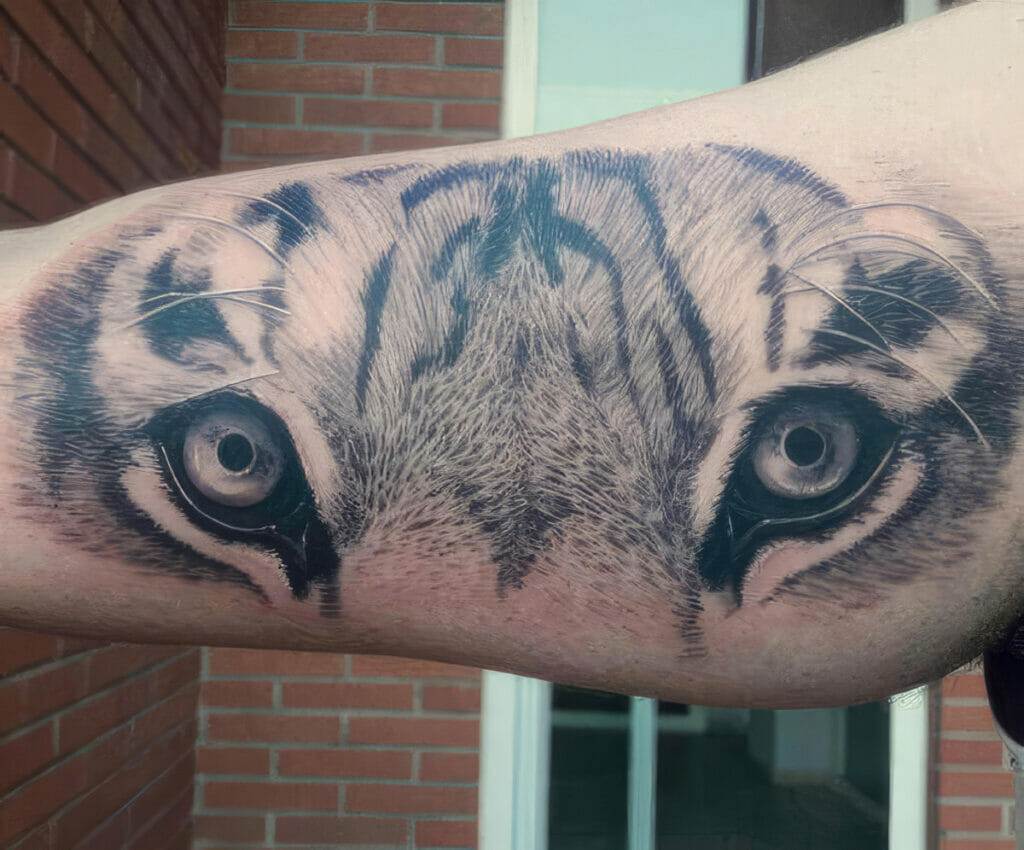
The process of creating a watercolor or geometric tattoo design typically involves collaboration between the client and the tattoo artist. It is important to work closely with your chosen artist to ensure that your vision is brought to life.
The first step in the design process is to discuss your ideas and preferences with the artist. Bring any reference images or sketches that you have, as this will help the artist understand your vision. Be open to their suggestions and input, as they have the expertise to create a design that will work well as a tattoo.
Once the initial concept is established, the artist will create a rough sketch or outline of the design. This will give you an idea of how the final tattoo will look on your body. From there, you can provide feedback and make any necessary adjustments.
Once the design is finalized, the artist will transfer it onto your skin using a stencil. This will serve as a guide for the tattooing process. The artist will then begin tattooing, carefully following the lines and adding color or shading as needed.
Throughout the process, it is important to communicate with your tattoo artist and provide feedback. This will ensure that you are happy with the final result and that any necessary adjustments can be made along the way.
Placement Options for Watercolor and Geometric Tattoos
Watercolor and geometric tattoos can be placed on various parts of the body, depending on your preferences and the design itself. The placement of a tattoo can greatly affect its overall appearance, so it’s important to consider this when choosing a design.
For watercolor tattoos, areas with more skin surface tend to work best. This allows for more space to showcase the blending colors and soft edges of the design. Popular placement options for watercolor tattoos include the arms, legs, back, and chest.
Geometric tattoos, on the other hand, can be placed on both large and small areas of the body. They can be adapted to fit the shape and size of the body part, creating a visually pleasing composition. Popular placement options for geometric tattoos include the wrists, ankles, shoulders, and back.
When choosing a placement for your tattoo, consider factors such as visibility, pain tolerance, and future career prospects. It’s important to choose a placement that you are comfortable with and that allows you to showcase your tattoo if desired.
Tattoo Aftercare Tips for Watercolor and Geometric Tattoos
After getting a watercolor or geometric tattoo, it is important to take proper care of it to ensure proper healing and longevity. Here are some aftercare tips specifically for these styles:
1. Follow your tattoo artist’s instructions: Your tattoo artist will provide you with specific aftercare instructions. Follow these instructions carefully to ensure proper healing.
2. Keep the tattoo clean: Gently wash your tattoo with mild soap and warm water twice a day. Pat it dry with a clean towel and avoid rubbing or scratching the area.
3. Moisturize regularly: Apply a thin layer of fragrance-free lotion or tattoo aftercare ointment to keep the tattoo moisturized. Avoid using products that contain alcohol or fragrances, as these can irritate the skin.
4. Avoid direct sunlight: Protect your tattoo from direct sunlight for at least two weeks after getting it. UV rays can fade the colors and damage the skin.
5. Avoid soaking in water: Avoid swimming pools, hot tubs, and baths for at least two weeks after getting your tattoo. Excessive moisture can interfere with the healing process.
6. Avoid picking or scratching: It’s normal for your tattoo to scab and peel during the healing process. However, avoid picking or scratching at the scabs, as this can cause scarring or color loss.
By following these aftercare tips, you can ensure that your watercolor or geometric tattoo heals properly and maintains its vibrant appearance.
Frequently Asked Questions About Watercolor and Geometric Tattoos
1. Are watercolor and geometric tattoos more painful than traditional tattoos?
The pain level of a tattoo depends on various factors, such as the individual’s pain tolerance and the placement of the tattoo. Watercolor and geometric tattoos are not inherently more painful than traditional tattoos. However, certain areas of the body may be more sensitive than others.
2. Will watercolor and geometric tattoos fade faster than traditional tattoos?
Watercolor tattoos may fade faster than traditional tattoos due to the nature of the technique and pigments used. However, with proper aftercare and regular touch-ups, you can maintain the vibrancy of your watercolor tattoo. Geometric tattoos, on the other hand, tend to hold up well over time due to their bold lines and solid colors.
3. Can I get a watercolor or geometric tattoo if I have darker skin?
Watercolor and geometric tattoos can be done on any skin tone. However, it’s important to consult with a tattoo artist who has experience working with darker skin tones. They will be able to advise you on the best colors and techniques to achieve the desired result.
4. Can I get a watercolor or geometric tattoo if I have existing tattoos?
Yes, you can definitely get a watercolor or geometric tattoo even if you already have existing tattoos. These styles can be incorporated into your existing collection of tattoos or stand alone as individual pieces.
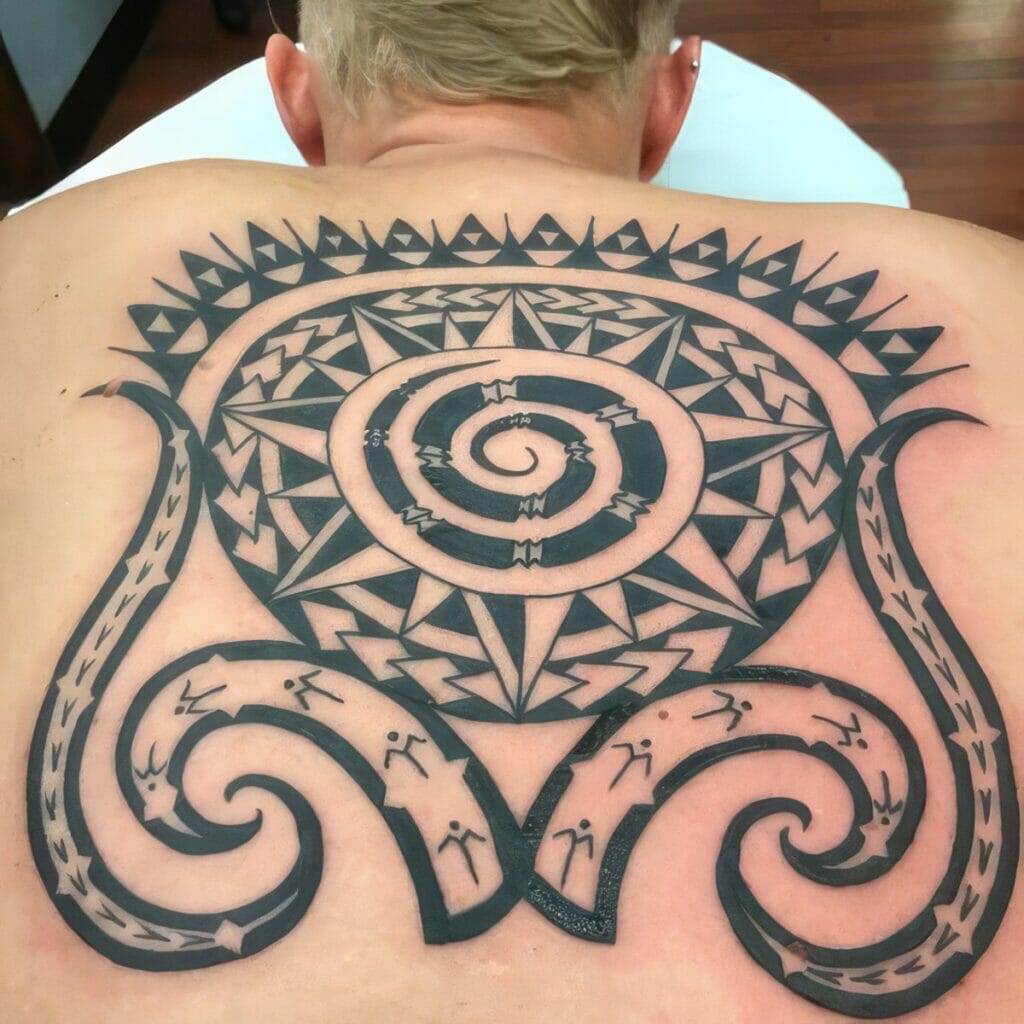
The Timeless Appeal of Watercolor and Geometric Tattoo Fusion
In conclusion, the rising popularity of watercolor and geometric tattoo styles can be attributed to their unique beauty and versatility. These styles offer a fresh take on traditional tattooing, allowing for greater creativity and self-expression.
The fusion of watercolor and geometric styles creates a visually stunning look that is both modern and timeless. The softness and fluidity of watercolor tattoos complement the precision and structure of geometric designs, resulting in a truly unique and captivating aesthetic.
Whether you choose a watercolor tattoo, a geometric tattoo, or a fusion of both, it’s important to choose a tattoo artist who specializes in these styles. By working closely with your chosen artist and following proper aftercare, you can ensure that your watercolor or geometric tattoo remains vibrant and beautiful for years to come.
As the popularity of these styles continues to rise, we can expect to see even more innovative and creative designs in the future. Watercolor and geometric tattoos offer a timeless appeal that will continue to captivate tattoo enthusiasts around the world.

